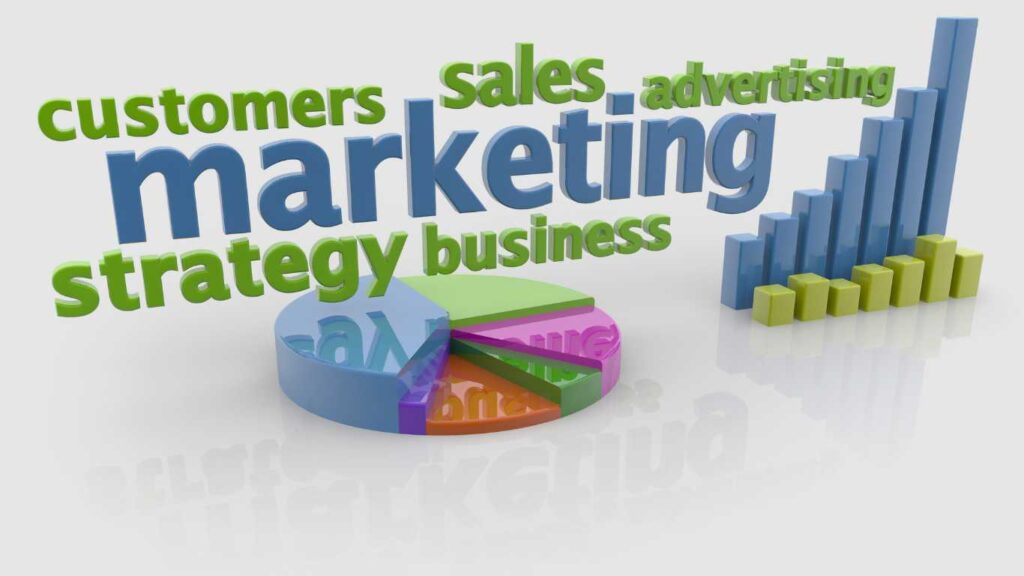Organic Marketing vs. Paid Marketing: Strategizing for New Customer Acquisition
In the quest to expand their customer base, businesses are often faced with a crucial decision: invest in organic marketing efforts or allocate budget towards paid marketing campaigns? Both strategies have their merits and drawbacks, and understanding these can help businesses tailor their approach to customer acquisition more effectively. Let’s dive into the differences between organic and paid marketing, and the advantages and disadvantages of each.
Organic Marketing: Building Genuine Connections
Organic marketing focuses on creating and delivering content that naturally attracts and engages customers over time. It relies on SEO, social media presence, blogs, and other content-driven strategies to build brand awareness and foster customer relationships.
Advantages:
- Cost-Effectiveness: Organic marketing generally requires less direct spending than paid marketing, making it accessible for businesses of all sizes.
- Long-Term Value: Well-executed organic strategies can yield sustained traffic and engagement, with content continuing to attract customers long after it’s published.
- Trust and Credibility: Customers tend to trust organic search results and content more than ads, potentially leading to higher conversion rates.
Disadvantages:
- Time-Intensive: Building a solid organic presence can take significant time and continuous effort.
- Slow Results: Unlike paid marketing, organic strategies may not yield immediate results, requiring patience and persistence.
- Complexity: Successful organic marketing often requires expertise in various areas, including SEO, content creation, and social media management.
Paid Marketing: Accelerating Visibility and Reach
Paid marketing encompasses strategies that require payment to place advertisements in front of potential customers quickly. This includes PPC advertising, social media ads, display ads, and sponsored content.
Advantages:
- Immediate Impact: Paid campaigns can generate quick results, making them ideal for promoting time-sensitive offers or boosting visibility rapidly.
- Targeting Capabilities: With paid ads, businesses can precisely target demographics, interests, locations, and behaviors, improving the relevance of their messaging.
- Scalability: Paid marketing efforts can be easily scaled up or down based on performance and budget, offering flexibility in strategy execution.
Disadvantages:
- Cost: Depending on the competition and platform, paid marketing can become expensive, especially for high-value keywords or audiences.
- Short-Term: The visibility and traffic from paid ads typically last as long as the campaign is running. Once it ends, the benefits usually taper off quickly.
- Ad Blindness: Some consumers may ignore ads altogether, a phenomenon known as “ad blindness,” reducing the effectiveness of paid marketing efforts.
Integrating Organic and Paid Strategies for Optimal Results
The most successful customer acquisition strategies often involve a blend of both organic and paid marketing efforts. For instance, a business might use paid ads to generate immediate visibility and supplement this with a robust organic strategy that builds brand authority and customer loyalty over time. Tools like SproutSocial for social media management and SEMrush for SEO and PPC insights can help businesses monitor and optimize their integrated marketing strategies effectively.
Conclusion
Deciding between organic and paid marketing strategies depends on a business’s goals, budget, and timeline. While organic marketing offers long-term engagement and credibility, paid marketing provides immediate visibility and precise targeting. By understanding the advantages and disadvantages of each approach, businesses can craft a nuanced strategy that leverages the best of both worlds, driving sustainable growth and effectively attracting new customers.



